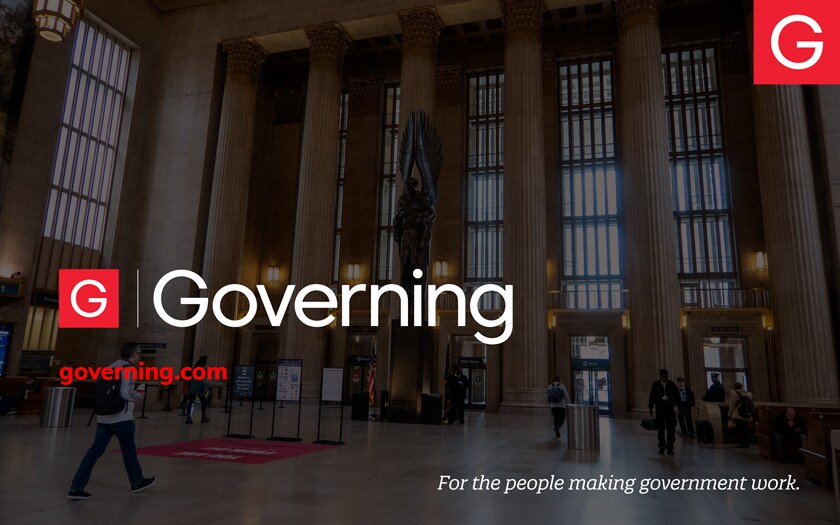City officials said they are launching the "Heat Relief 4 L.A." campaign to help spread the word about the dangers of extreme heat, which disproportionately affects low-income communities and communities of color, as well as pregnant women, homeless people and the elderly.
Among the city's top priorities are installing more cooling centers and hydration stations to provide relief on hot days, as well as investing in cool pavement projects and trees to help combat the urban heat island effect, mayor Karen Bass said during a news conference Wednesday.
"Climate change is among the greatest challenges facing our city, and no one has felt the impact of this crisis more than our communities here in L.A.," Bass said. "Extreme heat is the single largest cause of climate-related deaths and hospital visits in Los Angeles, with low-income communities and our unhoused population disproportionately impacted."
Studies have shown that climate change is exacerbating both the frequency and magnitude of heat waves, which are expected to occur more often and reach higher temperatures in the coming years and decades.
Emergency room visits and mortality rates skyrocket during hot weather, which is also associated with higher labor costs, workplace injuries, impaired learning and decreased cognitive performance. Power outages and blackouts are also increasingly common as more people turn on their air conditioners, straining the power grid.
"When we have an increase in mortality of between 10 percent and 30 percent on extreme heat days, it's clear that there is a public health imperative, particularly among our most vulnerable residents," said L.A. City Council President Paul Krekorian.
Marta Segura, L.A.'s first-ever chief heat officer, said the city is working to combat these effects by enhancing tree canopies, permeable surfaces and roads, as well as installing more cool roofs, heat pumps and passive cooling systems, among other efforts.
The city also seeks to improve its "social infrastructure" through heat risk communication campaigns, targeted disaster response resources and expanded cooling and resilience centers, Segura said. Residents can use the Cool Spots LA app to find nearby cooling centers during heat emergencies.
"I think, as a city, we're going to set an example for others to ensure that we are not just preparing for extreme heat and climate change, but we are investing first and foremost in the areas that have been historically left behind, because we believe that that is what will bring us the greatest accelerated climate solutions for the entire region," she said.
California has been scrutinized for its response to extreme heat in the past. A 2021 Times investigation found that the state chronically undercounts the number of deaths caused by heat waves.
Last year, in the wake of the worst September heat wave ever recorded in California, officials still struggled to account for heat illness and deaths, a separate analysis found.
And just last week, the L.A. Department of Transportation received intense criticism after unveiling La Sombrita, a pilot project intended to help provide shade at bus stops that was derided for its small scale and seemingly permeable design.
Officials on Wednesday said they will continue to expand and improve their response to extreme heat in L.A., including installing at least 3,000 more bus shelters — most in areas with high heat exposure and high ridership. Funding from President Biden's infrastructure bill may help supplement some of those programs, according to Public Works commissioner Susana Reyes.
Agustin Cabrera, policy director at the nonprofit Strategic Concepts in Organizing and Policy Education, or SCOPE, said many of the worst effects of extreme heat are due to decades of environmental racism and redlining that have left communities such as South Los Angeles at a historic disadvantage.
Cabrera urged city and state officials to continue to coordinate their response when it comes to extreme heat and other climate efforts.
He also advocated for the establishment of stronger thresholds to prevent shutoffs of water and power during extreme heat events and instances of unhealthy air quality. Studies have shown that health consequences related to heat start at temperatures as low as 85, Cabrera said.
"A stronger threshold makes sense for L.A. given significant temperature differentials that can exist within the city due to the urban heat island effect and other vulnerabilities that Angelenos face," he said.
Extreme heat brings with it other potential hazards, including the increased risk of wildfires and more pressure on the power grid, Krekorian said. It can also affect transit, as agencies have experienced "delays and cancellation of service on extreme heat days because of the need to inspect sagging power lines, buckling rails and so forth just to make sure that the transit system is safe to use."
"Right now, 30 percent of Los Angeles apartments have no air conditioning at all," Krekorian said. "We need to do much more to ensure that we have a robust rebate system in place, even mandates on rental housing, to ensure that we keep people safe in their homes on these extreme heat days. So there's a lot of work ahead of us."
The conference came only days after federal forecasters predicted the return of El Niño, a climate system in the tropical Pacific that is often associated with higher temperatures across the globe.
The World Meteorological Organization warned that there is a 98 percent likelihood that at least one of the next five years — and the five-year period as a whole — will be the Earth's warmest on record. Global average temperatures are expected to soar above the 1.5 degrees Celsius benchmark set by the Paris Climate Agreement at least once by 2027, the agency said.
"Extreme heat is L.A.'s No. 1 climate hazard," said Segura, the chief heat officer. "And this year we're likely to reach higher levels of extreme heat, surpassing the dreaded 1.5 degrees Celsius."
©2023 Los Angeles Times. Distributed by Tribune Content Agency, LLC.
Related Articles











